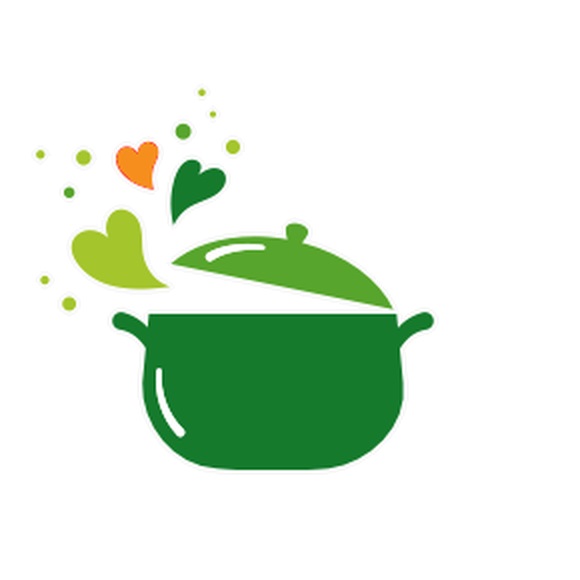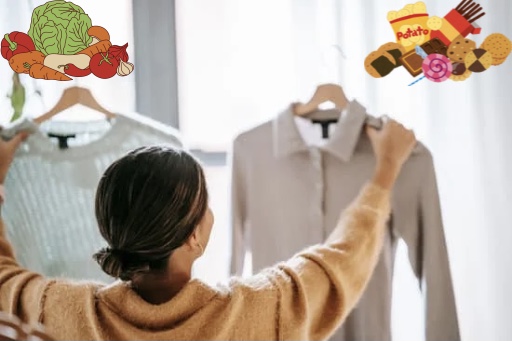When people think of “healthy eating,” most will probably imagine the phrase “sugar-free.” I wish it were that simple, but unfortunately, it’s not.
I, too, once fell for this oversimplification. Before I reached the point of freedom where I am today, I went through a phase where I was convinced that sugar was the number one enemy, and I had to avoid it at all costs. In the store, I would turn over every product to make sure it didn’t contain even a trace of sugar. Sugar wasn’t allowed in my kitchen, and even when I wanted to bake something sweet, I would try different substitutes. I would even refuse beautifully tempting homemade pies at parties, just because they were sprinkled with sugar.
It’s true that added sugar can be problematic, and excessive consumption can lead to both short- and long-term health issues. But reducing the whole problem of healthy eating to the phrase “sugar-free” is an unfortunate oversimplification. The slogan “sugar-free” brings several traps we should be aware of:
- Hidden sugars – When a product is labeled “sugar-free,” it often means that the sugar is simply hidden under a different name. It’s not uncommon to find multiple types of sugar in one product. For example, in one breakfast cereal, I found five different forms of sugar. So, “sugar-free” definitely doesn’t mean healthier in these cases.
- Artificial sweeteners – Products labeled “sugar-free” are often sweetened with artificial sweeteners, which also come with their own risks. There are many types of artificial sweeteners, but none of them can be considered entirely problem-free or beneficial for our health.
- Natural sweeteners – Another option is products sweetened with so-called “healthy sweeteners,” which are natural and therefore widely considered harmless. Unfortunately, in terms of how our body reacts to them, the difference between regular sugar and, for example, honey, is minimal.
The biggest trap, however, is the omnipresence of sugar. We often focus so much on healthier alternatives to sweets that we don’t even realize how much sugar we’re consuming in everyday foods. Sugar is found in ketchup, pasta sauces, bread, snacks, fruit yogurts, and granolas, for example. A special category is products labeled “for children,” which often contain high amounts of added sugar as well.
Sometimes, we don’t even realize that we’re exceeding the recommended daily limit of added sugar, even though we’re avoiding “sweet” foods.
It’s been a long time since I was obsessively avoiding all sugar, and my perspective has changed. I still stay away from foods with added sugar, because they are often highly processed, and I don’t want to buy those – I value my body and want to give it the best.
However, when I occasionally have something with sugar, I don’t stress about it. I know it’s just a drop in the ocean of an otherwise balanced diet.
In the summer, I happily treat myself to high-quality gelato, even though it contains sugar. At Christmas, I enjoy my favorite vanilla rolls without guilt, as they always take me back to my childhood. When I bake at home, I sometimes use sugar, but always less than standard recipes suggest – I’ve found that it’s enough. Recently, for example, I shared a recipe for a cake that contains only 20 grams of sugar in the entire recipe, yet it perfectly satisfies the craving for something sweet. On the other hand, traditional cakes and pastries from the bakery no longer appeal to me because they taste way too sweet.
In my e-book “Guide to Healthy Eating From Shopping to the Plate,” I dedicate an entire chapter to sugar in the section where I explain what truly healthy eating means. Sugar doesn’t have to be the enemy if we approach it with common sense.


I am a mum of three with a passion for cooking and healthy lifestyle. My goal is to show all families that it’s actually really simple to cook healthy, everybody can eat great food, feel great and never stress about food.



